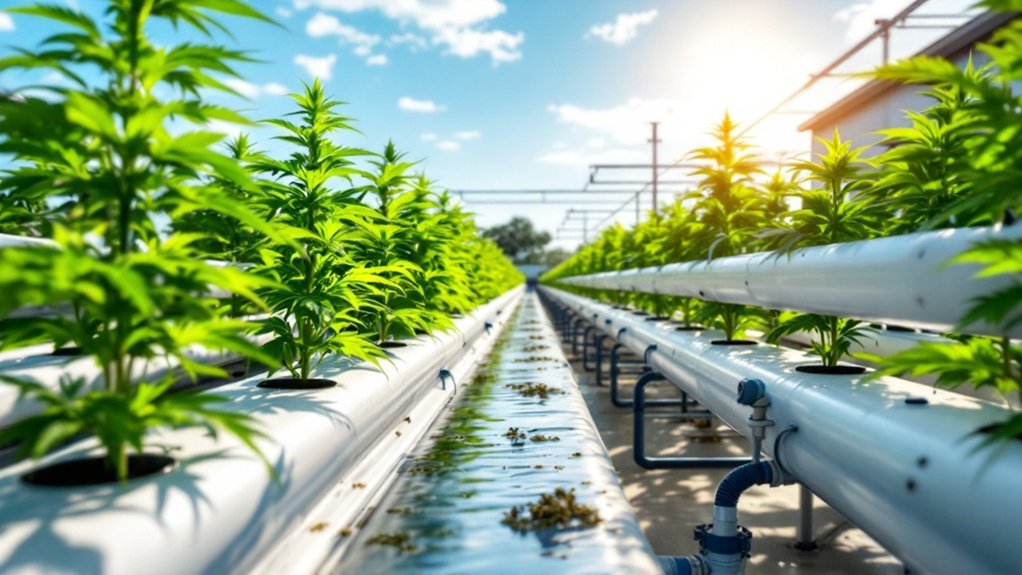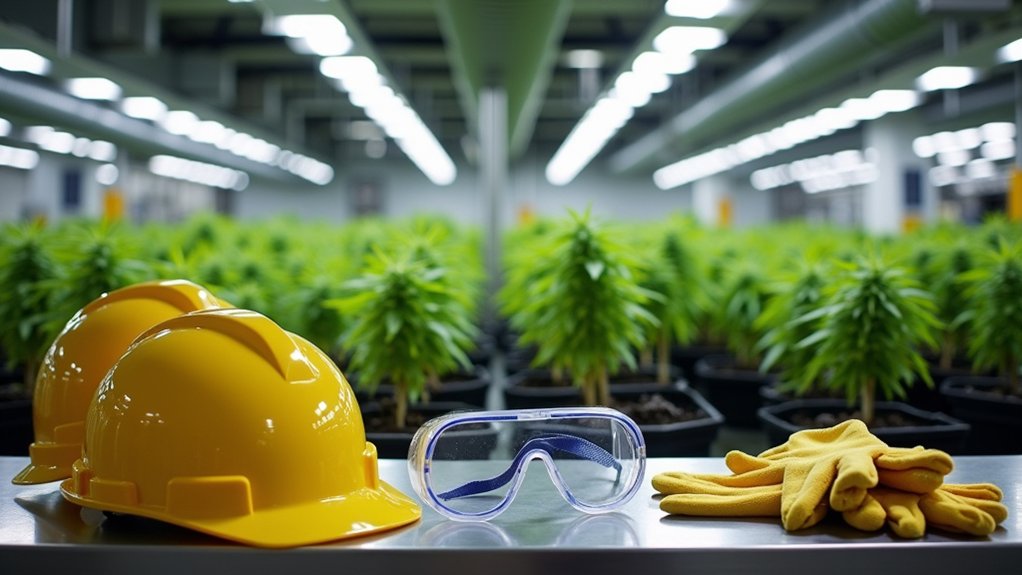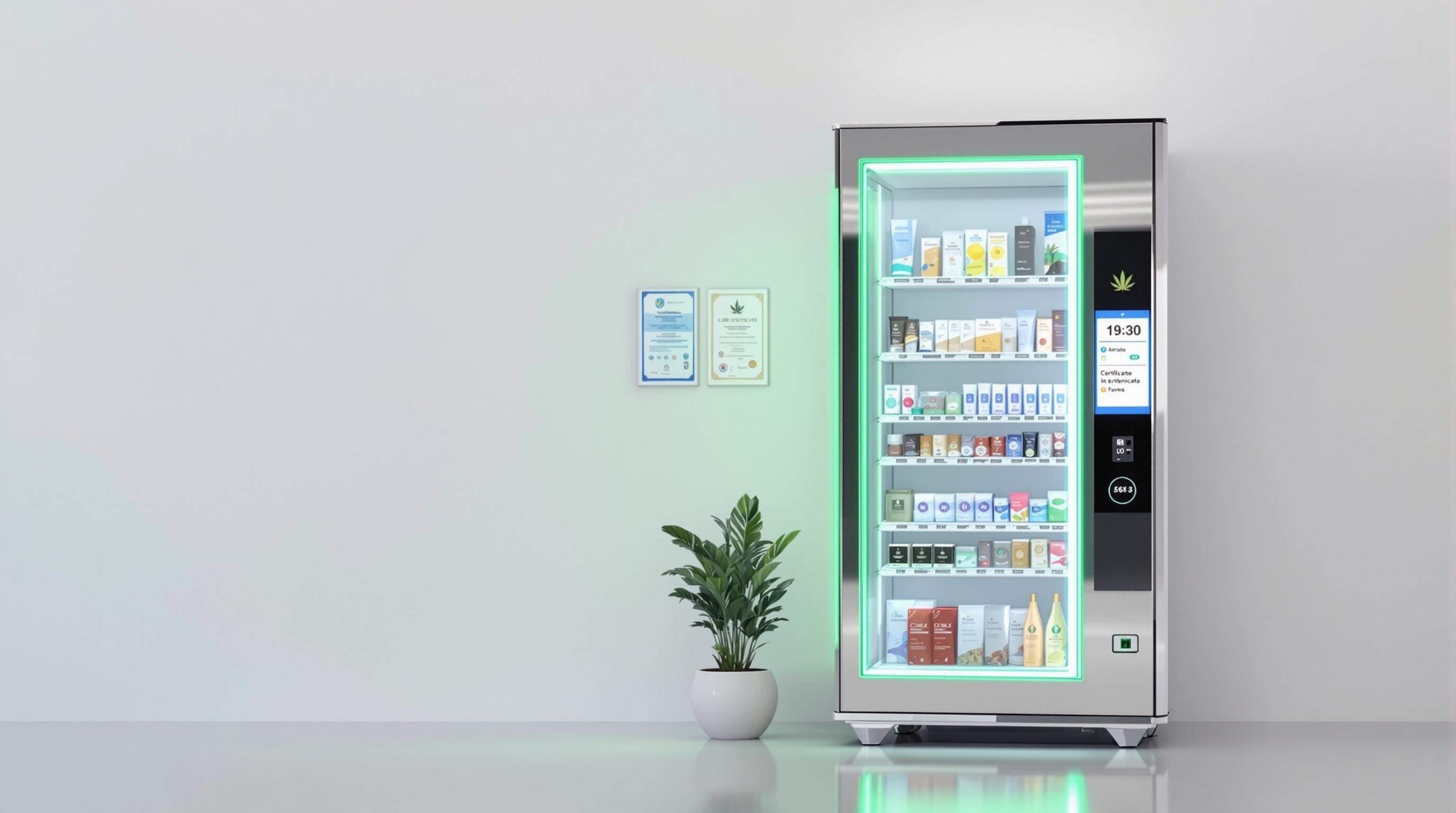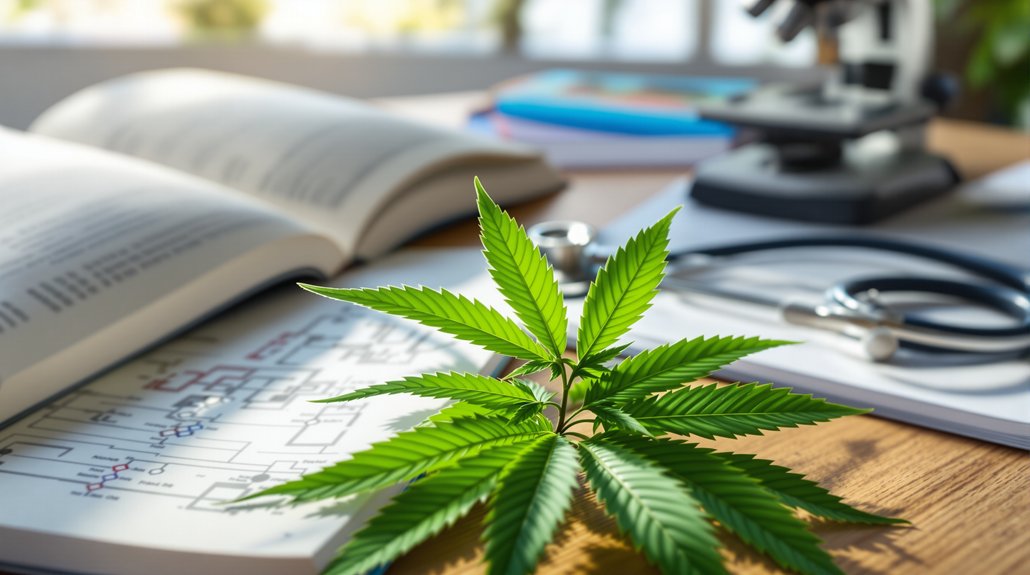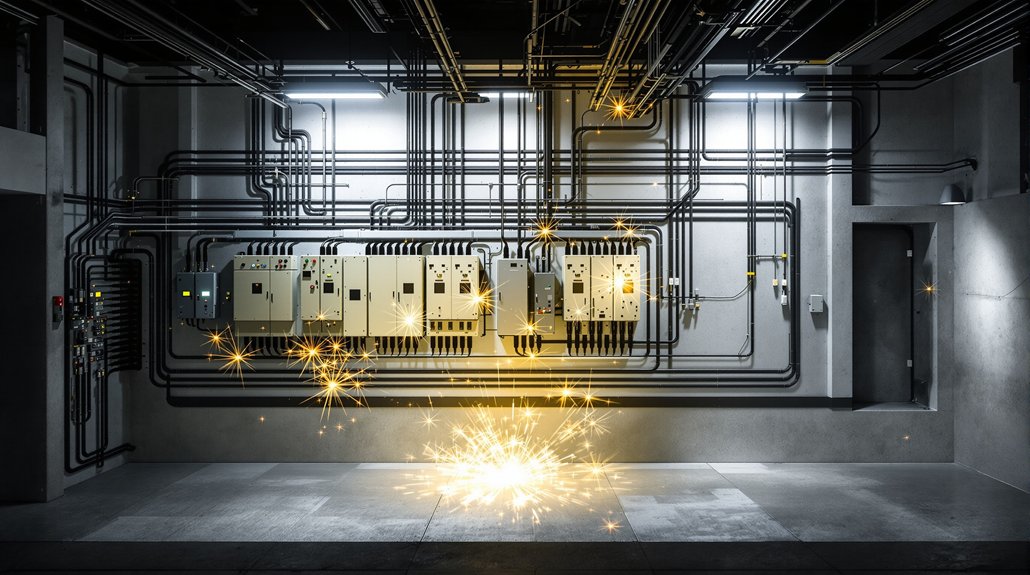Commercial outdoor hydroponics for cannabis cultivation combines traditional sunlight with advanced water-based growing techniques, offering substantial benefits over conventional methods. This hybrid approach provides 25 times greater productivity per square foot while reducing water usage by up to 90%. Cultivators achieve 4-6 harvests annually instead of 1-2, with precise nutrient delivery enhancing cannabinoid profiles and potency. The controlled environment minimizes pests and contaminants while maximizing quality. The economic advantages ultimately outweigh initial setup costs.
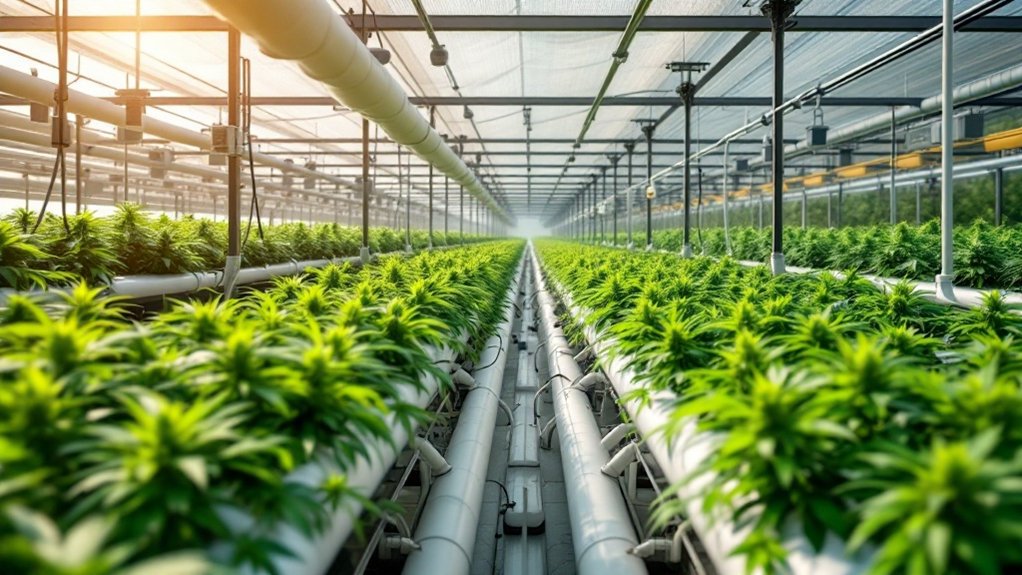
As traditional agricultural methods continue to evolve, commercial outdoor hydroponics has emerged as a revolutionary approach to cannabis cultivation, offering unprecedented efficiency and consistency. This soil-less growing technique delivers nutrients directly to plant roots through water-based solutions, eliminating the variability often encountered in conventional agriculture. The controlled delivery system enables cannabis plants to absorb nutrients more efficiently, resulting in accelerated growth cycles and markedly higher yields per square foot compared to traditional soil-based methods. Hydroponic systems achieve 25 times higher productivity than traditional agriculture methods, making them particularly valuable for high-value crops like cannabis. Additionally, these systems often utilize vertical stacking to further optimize space and increase crop yields.
Commercial cannabis cultivators implementing outdoor hydroponic systems benefit from remarkable resource efficiency. These systems typically recirculate water, reducing usage by up to 90% compared to conventional farming methods. Nutrients are delivered precisely to the root zone, minimizing waste and environmental runoff. The absence of soil also reduces the prevalence of pests and diseases, decreasing reliance on pesticides and creating cleaner end products.
Hydroponics revolutionizes cannabis cultivation by slashing water use 90% while delivering targeted nutrients and minimizing pest pressure.
This efficiency extends to space utilization, with many commercial operations implementing vertical systems that maximize production capacity within a given footprint. The technological advancements in hydroponics systems have made them increasingly accessible to commercial cultivators of all sizes.
The quality control advantages of hydroponic cannabis cultivation are particularly valuable in a highly regulated market. Precise management of nutrient formulations, pH levels, and feeding schedules results in consistent cannabinoid and terpene profiles. These controlled conditions produce cannabis with predictable potency and characteristics, meeting the stringent requirements of both medical and recreational markets. The reduced exposure to environmental contaminants further enhances product safety and quality.
Despite higher initial investment costs, commercial outdoor hydroponic cannabis operations demonstrate compelling economic advantages. Faster growth cycles enable more frequent harvests—typically 4-6 annually compared to 1-2 with traditional methods—accelerating return on investment. The increased productivity per square foot improves operational efficiency and lowers per-gram production costs over time.
These systems scale effectively, supporting continuous cultivation cycles that meet growing market demand.
The environmental sustainability aspects of outdoor hydroponics align with increasing consumer and regulatory preferences for responsible cultivation practices. The substantial reduction in water usage, minimized chemical inputs, and smaller land footprint contribute to more sustainable cannabis production. Advanced monitoring systems allow cultivators to maintain precise environmental conditions while gathering data for regulatory reporting requirements.
As the global hydroponics market continues its projected growth toward $25.1 billion by 2027, commercial outdoor hydroponic systems represent both the present and future of efficient, high-quality cannabis cultivation.
Frequently Asked Questions
What Are the Legal Requirements for Outdoor Hydroponic Cannabis Operations?
Outdoor hydroponic cannabis operations must comply with multiple legal requirements across various regulatory domains.
Cultivators need proper licensing and permits specific to their jurisdiction, with adherence to zoning ordinances and setback requirements from sensitive locations.
Environmental regulations govern water usage, runoff management, and nutrient application rates.
Security protocols including surveillance and access control are mandatory.
Detailed record-keeping of all cultivation activities must be maintained, with proper documentation readily available for regulatory inspections and compliance verification.
How Does Weather Variability Affect Outdoor Hydroponic Cannabis Yields?
Weather variability considerably impacts outdoor hydroponic cannabis yields through multiple environmental factors.
Temperature fluctuations outside the ideal range (70-80°F/21-27°C) can stunt growth and impair nutrient uptake, while extreme humidity variations increase disease risk.
Unexpected rainfall dilutes nutrient solutions, compromising plant health.
Light inconsistency from cloud cover or seasonal changes disrupts photosynthesis efficiency.
Wind exposure can damage plants physically and accelerate water loss, further reducing potential yields by 20-40% compared to controlled environments.
What Security Measures Are Necessary for Commercial Outdoor Cannabis Hydroponics?
Commercial outdoor cannabis hydroponics requires extensive security measures including physical barriers like perimeter fencing, obscuring vegetation, and secure entry points with deadbolt locks.
Surveillance systems with visible cameras, motion-activated lighting, and perimeter monitors are essential for deterrence and monitoring.
Access control through individual authentication systems limits unauthorized personnel, while compliance with state regulations demands effective security protocols to prevent diversion.
These measures collectively protect valuable crops while satisfying licensing requirements and ensuring operational continuity.
How Do Outdoor Hydroponic Systems Impact Local Water Resources?
Outdoor hydroponic systems generally reduce stress on local water resources compared to soil-based methods, consuming up to 90% less water through recycling and recirculation techniques.
Water extraction timing varies seasonally, with well-sourced systems creating peak demand during dry periods.
Properly designed systems that incorporate rainwater harvesting, storage ponds, and water recycling minimize environmental impact.
Collection ponds filled during wet seasons can provide sufficient capacity to sustain cultivation throughout the year without additional extraction.
What Specialized Insurance Is Required for Outdoor Cannabis Hydroponics?
Outdoor cannabis hydroponic operations typically require specialized insurance including crop insurance to protect against weather-related losses, property insurance for equipment and structures, and general liability coverage for third-party claims.
Multi-Peril Crop Insurance is particularly valuable as it addresses multiple natural disaster risks. Inland marine insurance protects cannabis and equipment during transport, while regulatory compliance coverage helps navigate state-specific requirements.
These policies should be regularly updated as cannabis regulations evolve across jurisdictions.
